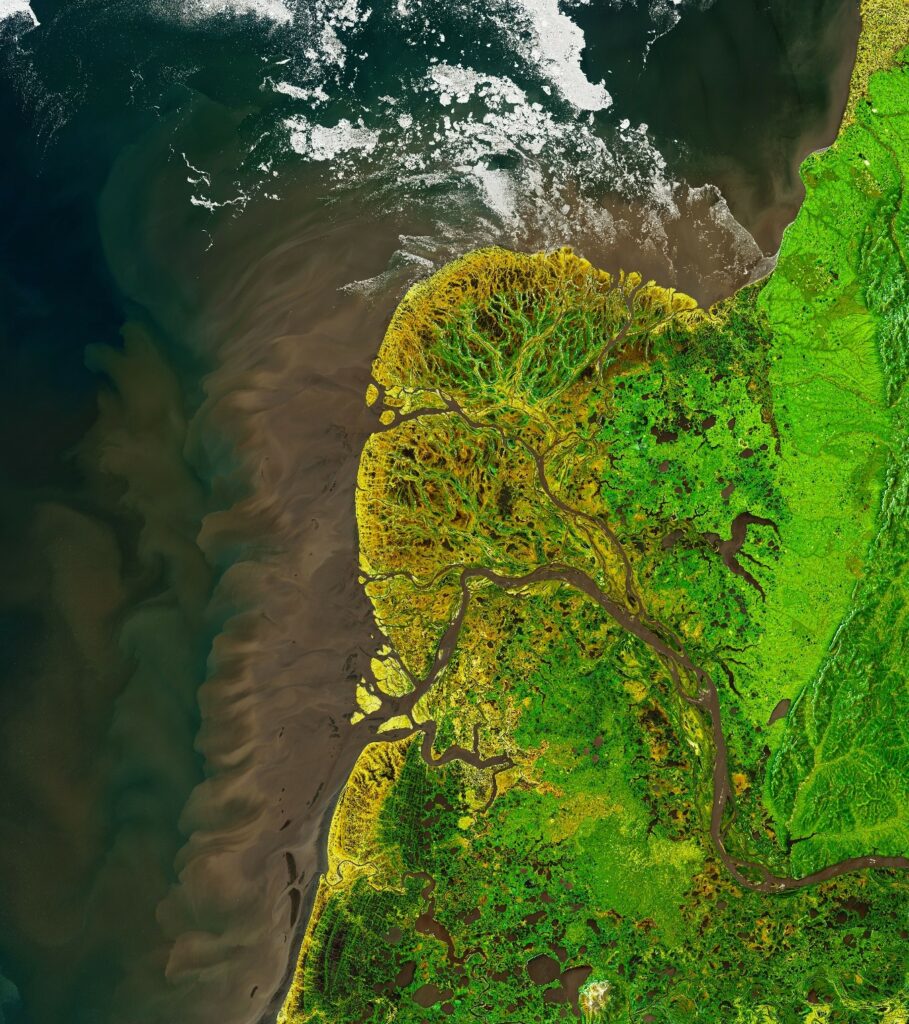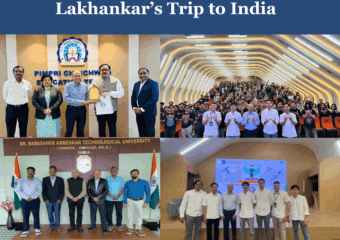Dr. Maria Tzortziou received more than $1M from NASA to study climate change impacts in the coastal Arctic
Dr. Maria Tzortziou received more than $1M from NASA to study climate change impacts in the coastal Arctic
Recently, Dr. Maria Tzortziou has received more than $1M in funding for her newest project “Artic Deltas and Coastal Margins as Buffers and Transformers of Carbon along a Rapidly Changing Land-Ocean Continuum”, by NASA’s Carbon Cycle Science Program.
Dr. Maria Tzortziou is Professor of Earth and Environmental Sciences at The City College of New York and The Graduate Center, CUNY, and Director of the Bio-Optics Lab at the CCNY Center for Discovery and Innovation. Dr. Tzortziou’s research integrates multidisciplinary datasets, remote sensing observations, and ecosystem models to provide insight into the impacts of human and environmental pressures on aquatic biogeochemistry and ecology. Dr. Tzortziou has conducted research across a wide range of environments, from the Gulf of Mexico and the Chesapeake Bay wetlands to the Arctic coastal ocean, from urbanized coastlines in the Mediterranean and Europe’s trans-boundary watersheds to the Asian coastal megacities of Seoul and Busan, and the Hindu-Kush Himalayan river basins.
NASA’s Carbon Cycle and Ecosystems (CC&E) Focus Area provides knowledge on environmental changes’ effects on biogeochemical cycles from a local to global scale. CC&E’s overall goal is to “Detect and predict changes in Earth’s ecosystems and biogeochemical cycles, including land cover, biological diversity, and the global carbon cycle”.
Dr. Tzortziou’s project, “Artic Deltas and Coastal Margins as Buffers and Transformers of Carbon along a Rapidly Changing Land-Ocean Continuum”, reflects on the increasing uncertainties in model predictions of changing biogeochemical cycles across Arctic land-ocean interfaces. Funded by NASA’s Carbon Cycle Science Program, Tzortziou and collaborators from Florida State University, University of California Davis, and NASA Goddard Space Flight Center will address an important gap in our fundamental understanding of the role of rapidly changing Arctic deltas and coastal margins as sources, buffers and transformers of carbon fluxes from land to the ocean.

Massive fluxes of carbon from the Yukon River to the Bering Sea, captured by Landsat-8/OLI (May 29, 2021; NASA).
The project plans to integrate new and existing field datasets, process experiments, and satellite observations with a novel ecosystem model to improve quantitative understanding of the coupled physical-biogeochemical processes that transform organic and inorganic carbon as it moves from the Alaskan terrestrial landscape to the Yukon River, delta, plume and adjacent northern Bering Sea.




